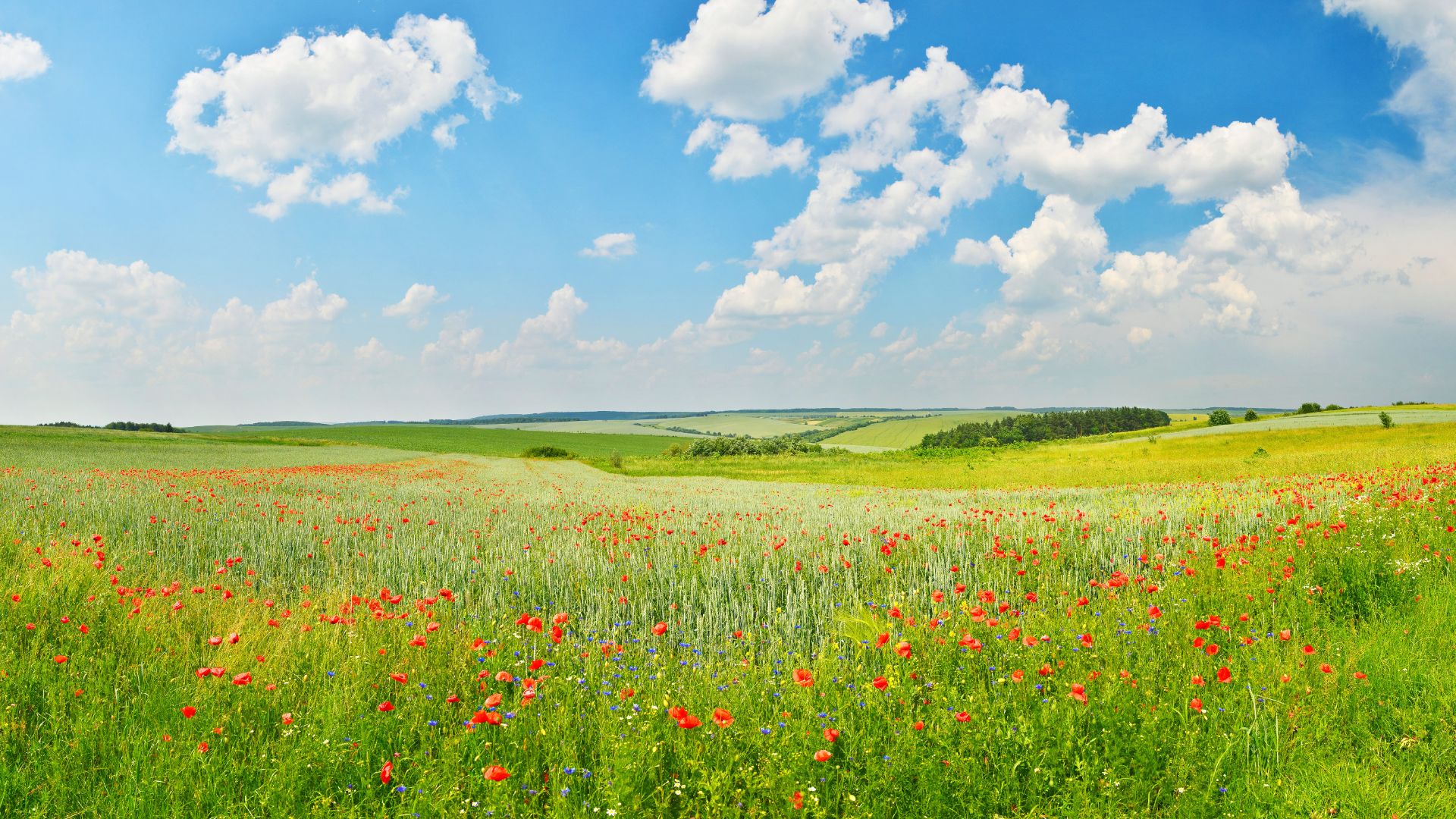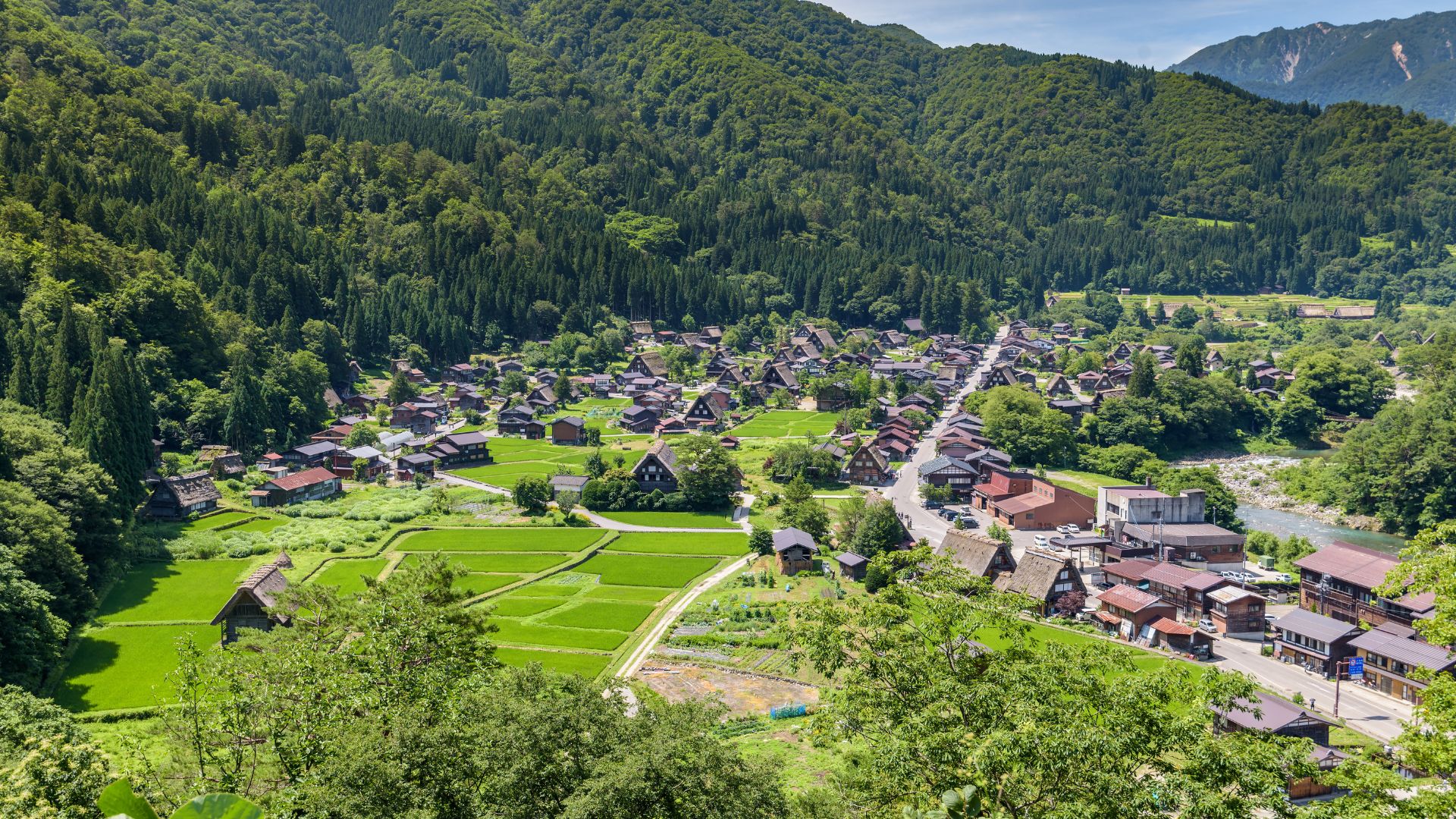Summer Season in Japan: A Season of Vibrant Beauty and Cultural Delights
Japan’s summer season is a time of vibrant festivals, lush landscapes, and unique cultural experiences. Lasting from June to August, this season offers a wide range of attractions and activities for both locals and tourists to enjoy.
Attractions of the Japanese Summer:
- Festivals (Matsuri): Summer in Japan is synonymous with festivals, known as “matsuri.” These festivals are celebrated throughout the country and often feature colorful processions, traditional music, dance performances, and delicious street food. Some of the most famous summer festivals include the Gion Matsuri in Kyoto, Tanabata in Sendai, and the Awa Odori in Tokushima.
- Fireworks (Hanabi Taikai): Japanese summer is famous for its spectacular fireworks displays, known as “hanabi taikai.” These events are held in various cities and towns across Japan and draw huge crowds. The combination of stunning pyrotechnics and the warm summer night sky creates a magical atmosphere.
- Natural Beauty: Summer is a great time to explore Japan’s natural beauty. Hokkaido offers cooler temperatures and stunning flower fields, while the Japanese Alps provide excellent hiking opportunities. The beaches of Okinawa and the Izu Islands are perfect for water sports and relaxation.
- Summer Food: Summer cuisine in Japan is refreshing and delicious. Try dishes like cold somen noodles, kakigori (shaved ice dessert), and seasonal fruits like watermelon and Japanese melon. Street food stalls and local restaurants offer a variety of treats to beat the summer heat.
- Cultural Experiences: Participate in traditional cultural experiences like tea ceremonies, wearing yukata (light summer kimono), or learning to make paper fans and lanterns. These activities provide a deeper understanding of Japanese culture and its appreciation for nature.
How to Reach Japan in Summer:
Reaching Japan in the summer is relatively easy, thanks to the country’s well-developed transportation infrastructure:
- By Air: Most international travelers arrive in Japan via its major international airports, such as Narita International Airport near Tokyo, Kansai International Airport near Osaka, or Chubu Centrair International Airport near Nagoya. These airports are well-connected to major cities in Japan.
- Visa Requirements: Ensure you have the necessary visa to enter Japan, depending on your nationality. Tourist visas are typically valid for 90 days and can be obtained before your trip or on arrival, depending on your country of origin.
- Internal Flights: To explore different regions of Japan, consider taking domestic flights. Japan’s airlines have extensive networks, making it convenient to travel between cities.
- Shinkansen (Bullet Train): Japan’s high-speed rail network, known as the Shinkansen, is a comfortable and efficient way to travel between major cities. The JR Pass, available to tourists, provides unlimited travel on JR trains for a fixed period.
- Local Trains and Buses: For exploring specific regions or getting to more remote areas, local trains and buses are reliable options. They offer the chance to see the countryside and experience local life.
- Ferries: If you plan to visit islands like Okinawa or Hokkaido, consider taking a ferry for a unique travel experience.
Japan’s summer season is a time of celebration, natural beauty, and cultural immersion. Whether you’re savoring delicious summer foods, witnessing breathtaking fireworks, or exploring Japan’s stunning landscapes, the Japanese summer offers a memorable and enchanting experience for travelers from around the world.
“Discover the Enchanting Beauty of Japan’s Summer Season: Attractions, Culture, and Travel Tips”



